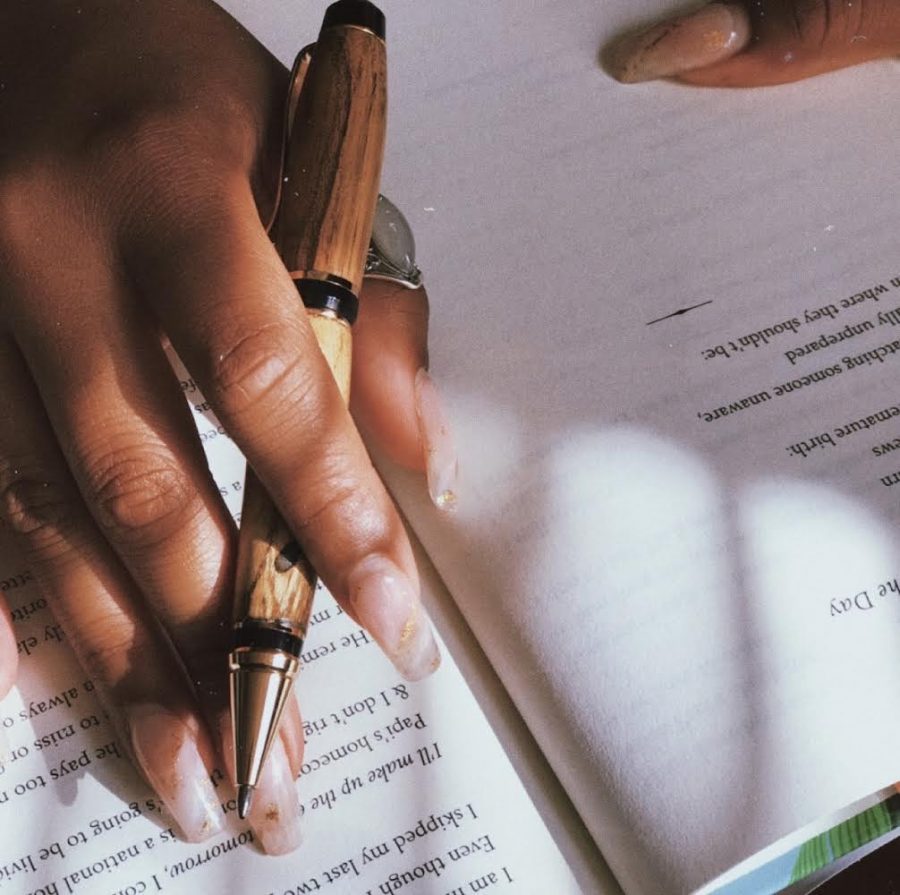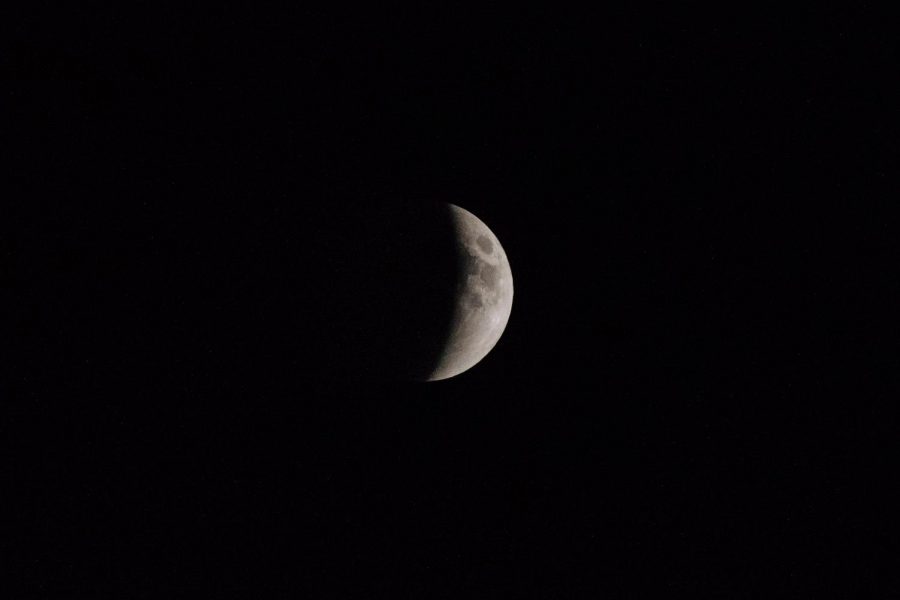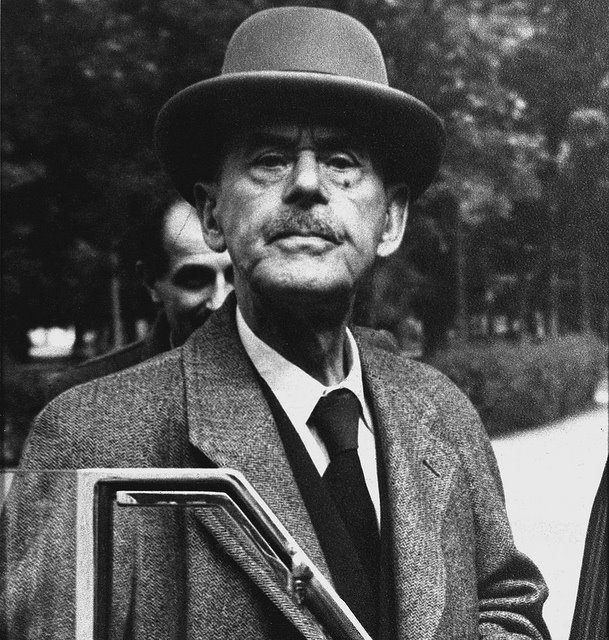In today’s world of cell phones, laptops and cable television, it’s sometimes easy to forget Amherst’s past. Certainly, the Pioneer Valley remains an area dominated by a rural, agrarian lifestyle. A five-minute drive down Route 9 is all that’s needed to remind the 21st century college student that Amherst and the surrounding towns are – and have always been – made up of farmland. However, even today’s farmers have access to all the modern conveniences that college students enjoy. Jerome Charyn’s novel “The Secret Life of Emily Dickinson” serves not only to offer a hypothetical look at one of Amherst’s most mysterious celebrities, but also to give readers a sometimes entertaining, sometimes sobering window into Amherst’s 19th century past.
For fans of Dickinson’s work, this novel offers a compelling look into what might have been the substance of the reclusive poet’s life. Beyond the knowledge gained from primary sources, not much is known about Dickinson’s daily life. Charyn has gathered the facts of Dickinson’s life from three places: dates and names garnered from official documents; analysis of her poetry; and readings of her personal letters to various acquaintances. From this rather shaky scaffolding, Charyn has managed to author an elegant—and moreover, believable—work of prose.
The novel is filled with landmarks easily recognizable to anyone who’s spent time in the Valley. Dickinson spends the first portion of the novel at Mount Holyoke Female Seminary, known today as Mount Holyoke College. Her father’s house, where she spends much of the rest of the novel, is right on North Pleasant Street. Charyn’s Dickinson spends a significant amount of time walking through both the town of Amherst and the grounds of Amherst College. All of these locations are described with a slightly chilling combination of familiarity and foreignness: North Pleasant Street is still North Pleasant Street today, but without the horses, carriages, and women in hoop-skirted dresses.
Charyn also uses fictional characters to explore and flesh out the foggier details of Dickinson’s life. Dickinson spent only 10 months at Mount Holyoke, and the official reasons for her departure are unknown. Charyn gives Dickinson an enemy: a serving girl in love with Dickinson’s brother. This serving girl serves as a plot device, indirectly causing Dickinson’s departure from Mount Holyoke, as well as propelling and preventing a number of miniature romances – also somewhat fictional – that Dickinson encounters in her earlier years.
In Charyn’s version of history, Dickinson’s life is no boring tale of an agoraphobic woman, locked in her room writing verse after verse of poetry. Charyn breathes life into darkened corner’s of Dickinson’s life, and he does so by modeling his own writing after Dickinson’s poetry. The majority of the novel is written in the first person, from Dickinson’s perspective. Charyn’s literary genius has been to translate Dickinson’s poetic genius into a work of prose. Readers might almost believe that Charyn merely unearthed a lost diary or autobiography written by Dickinson herself, artfully chronicling the lost details of her reclusive life.
Lindsay Orlov can be reached at [email protected]






